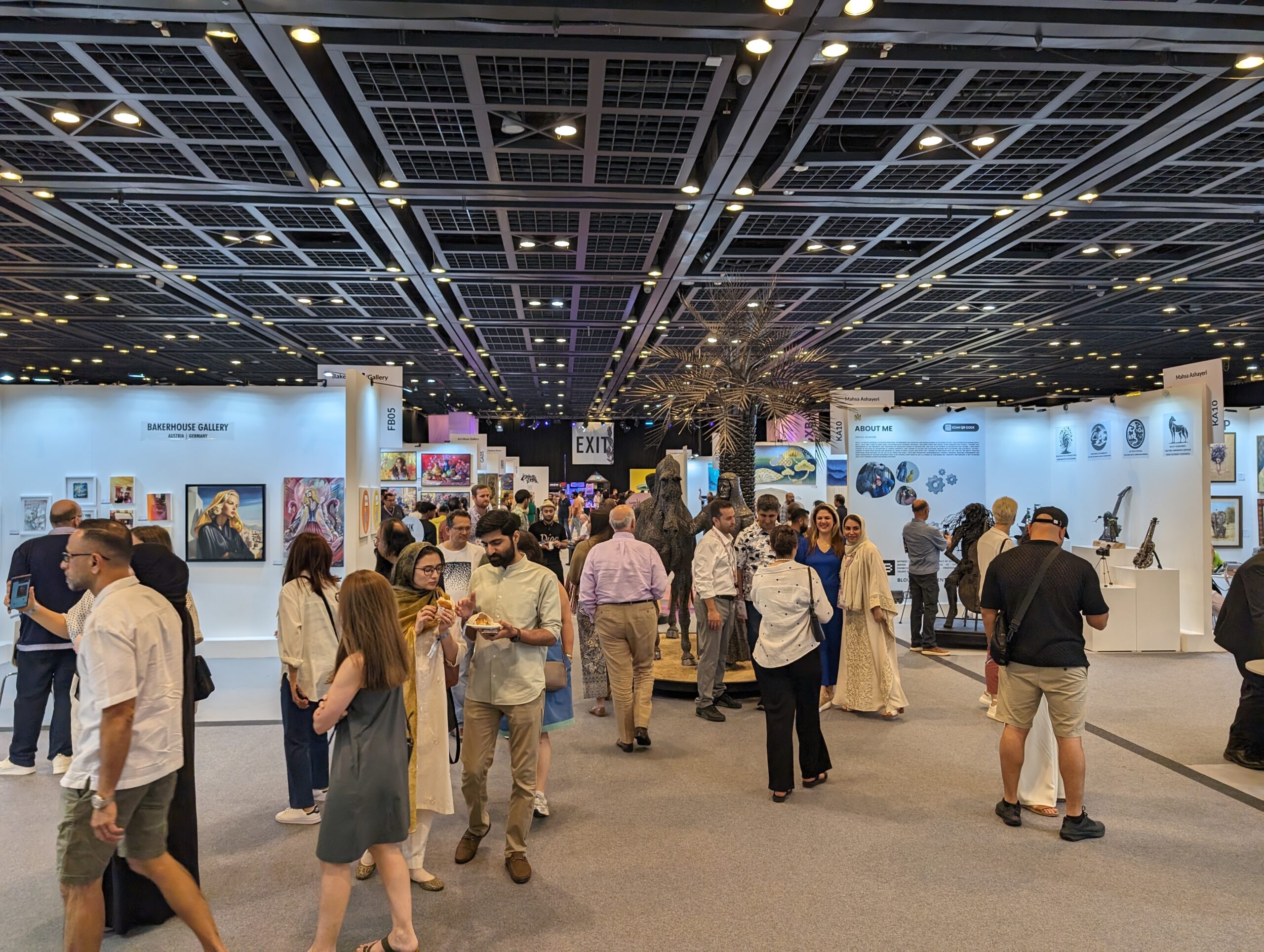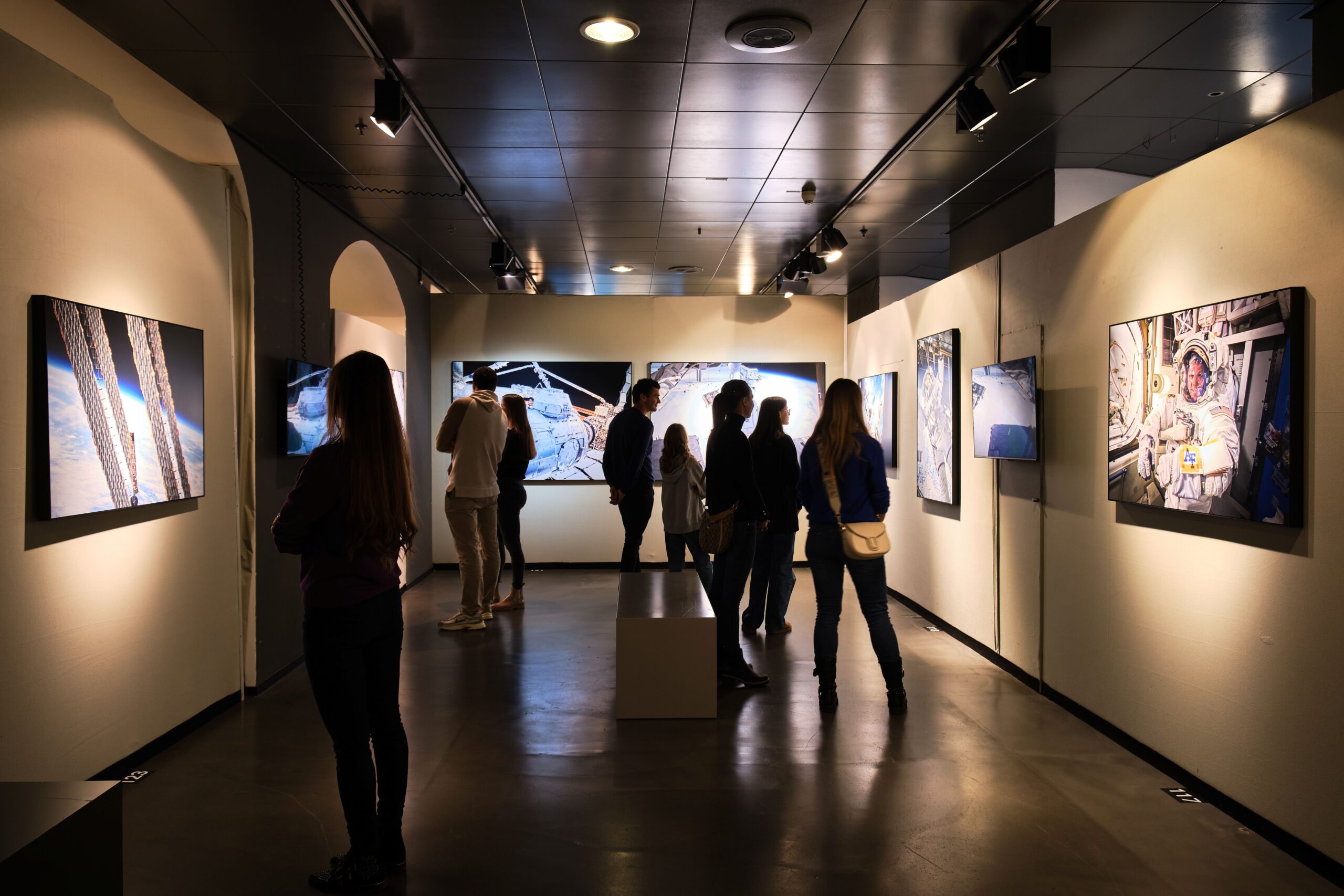An art fair is a dynamic event where artists, galleries, collectors, and art enthusiasts come together to showcase, buy, and celebrate art. These events are held worldwide and provide a platform for emerging and established artists to connect with potential buyers, critics, and other creative professionals. Whether you’re an artist looking to exhibit, a collector hunting for unique pieces, or simply an admirer of art, an art fair offers a unique cultural experience.
Understanding the Concept of an Art Fair
An art fair is essentially a curated marketplace for art. It is often organized annually and hosted in major cities, drawing international attention. Art fairs provide a space where galleries and artists rent booths to exhibit their collections to a diverse audience, which can include private collectors, museum representatives, and the general public.
The primary focus is on sales, networking, and promotion, making art fairs a critical component of the global art market.
The Importance of Art Fairs in the Art World
1. Platform for Artists and Galleries
Art fairs give artists and galleries unparalleled exposure. They allow creatives to showcase their works to thousands of visitors, helping build a reputation and attract new clients.
2. Opportunities for Collectors
For collectors, an art fair is an excellent opportunity to explore a vast array of artworks under one roof. This setting allows buyers to discover new talent and invest in pieces directly from galleries or artists.
3. Networking and Community Building
Art fairs foster connections between various stakeholders in the art world. Whether it’s an artist meeting a gallery owner or a collector networking with museum representatives, these events act as a hub for professional relationships.

What Can You Find at an Art Fair?
Art fairs typically feature a mix of:
- Paintings and Sculptures: Traditional and contemporary works.
- Art Prints: A more affordable option for buyers.
- Installations: Large-scale pieces designed to immerse viewers.
- Photography: Artistic and fine art photography collections.
- Digital Art: A growing category that includes NFTs and multimedia creations.
How Do Art Fairs Work?
1. Exhibition Spaces
Art fairs are divided into booths or sections, each hosted by a gallery or artist. These spaces are curated to display a cohesive selection of works that reflect the exhibitor’s focus.
2. Ticketed Entry
Most art fairs charge an entry fee for visitors, which may vary depending on the exclusivity of the event. VIP tickets often grant early access or other perks.
3. Special Programs and Events
Many art fairs also host talks, workshops, and panel discussions featuring artists, curators, and art experts. These programs provide insight into current trends and practices in the art world.

Why Attend an Art Fair?
Artists:
- Gain exposure to a wider audience.
- Meet potential collectors or gallery representatives.
- Receive feedback from art critics and peers.
Collectors:
- Access a curated selection of works from multiple artists and galleries.
- Discover emerging talent.
- Build connections with the art community.
Art Enthusiasts:
- Experience diverse forms of creativity.
- Learn more about trends in the art world.
- Enjoy a cultural outing with friends or family.
Tips for Attending an Art Fair
- Research Beforehand: Look up the participating galleries and artists to plan your visit efficiently.
- Arrive Early: Beat the crowds and get first dibs on standout pieces.
- Engage with Exhibitors: Ask questions and learn the stories behind the artworks.
- Budget Wisely: If you’re planning to buy, set a spending limit to avoid impulse purchases.
- Take Notes: Jot down the names of artists or galleries you’d like to follow up with later.
Major Art Fairs Around the World
Some of the most renowned art fairs include:
- Art Basel (Switzerland, Miami, and Hong Kong): A leading fair for contemporary and modern art.
- Frieze Art Fair (London and New York): Known for cutting-edge contemporary works.
- The Armory Show (New York): A hub for innovative artists and galleries.
- Venice Biennale (Italy): A combination of exhibitions and cultural programming.
For more insights, visit our YouTube channel, where we explore one of the world’s top art fairs and share expert perspectives!
Conclusion
An art fair is much more than a place to buy and sell art—it’s a vibrant cultural event that bridges the gap between artists, collectors, and enthusiasts. Whether you’re participating as an exhibitor or attending as a visitor, an art fair is a unique opportunity to experience the diversity and creativity of the art world.
From offering networking opportunities to discovering new talents, art fairs are a cornerstone of the global art scene. If you haven’t experienced one yet, make it a priority—you might just find your next favorite artist or piece of artwork.
Do not know where to start?
The Art Fair Guy offers expert consulting for artists looking to excel in art fairs and exhibitions. With packages customized to your individual goals, The Art Fair Guy provides guidance on everything from showcasing strategies to personalized artistic assessments. For details, visit The Art Fair Guy’s Consulting Packages, or reach out directly at office@theartfairguy.com to book a consultation.









